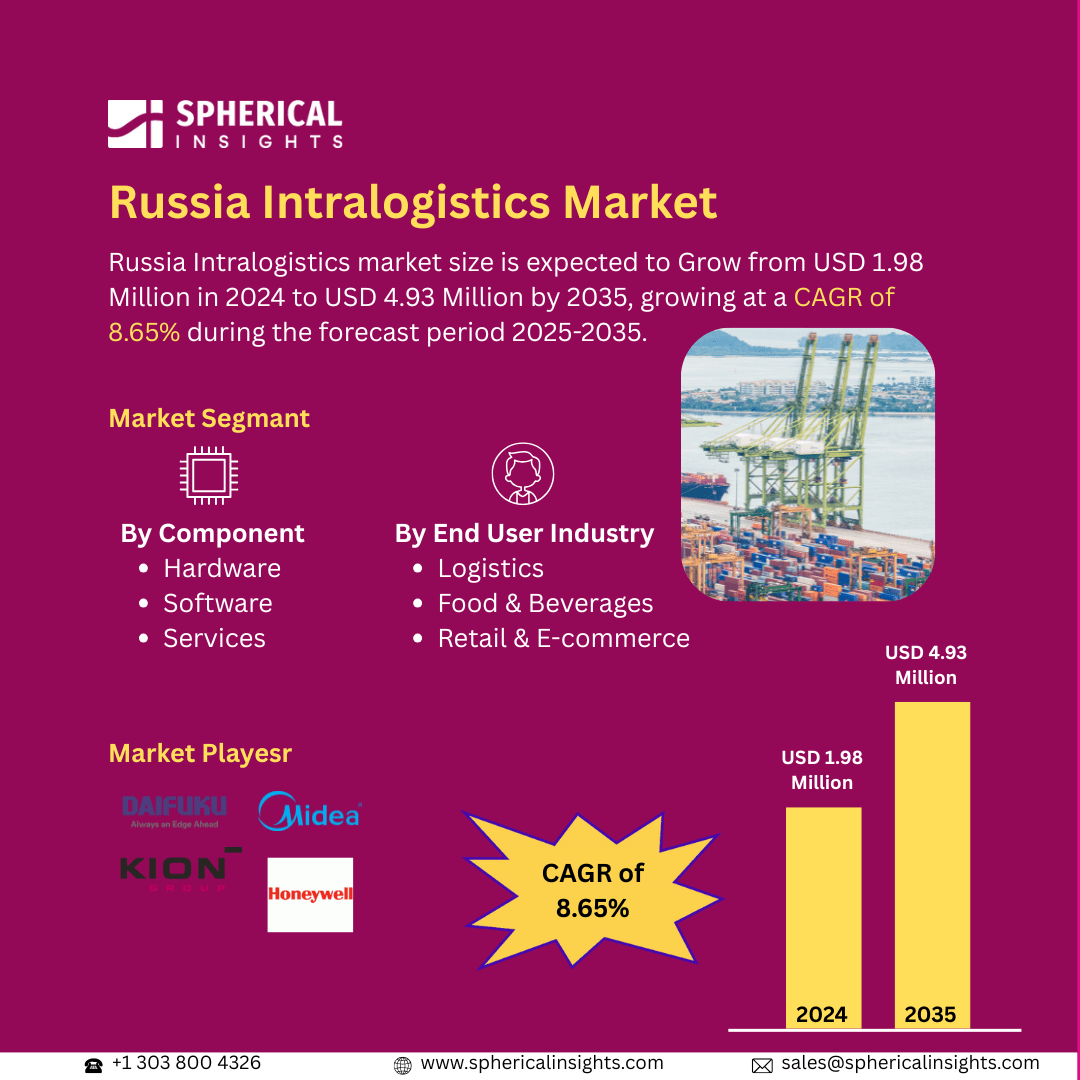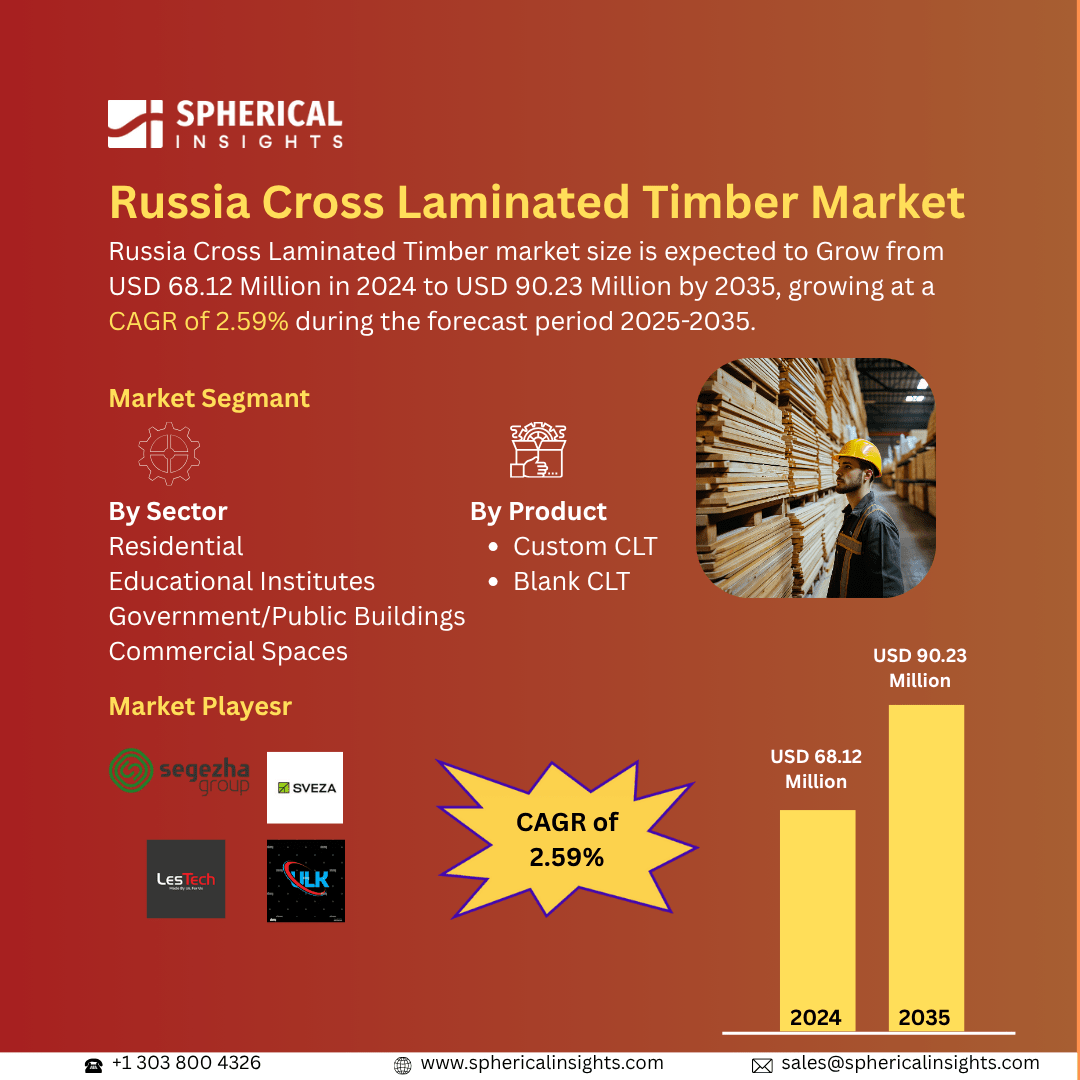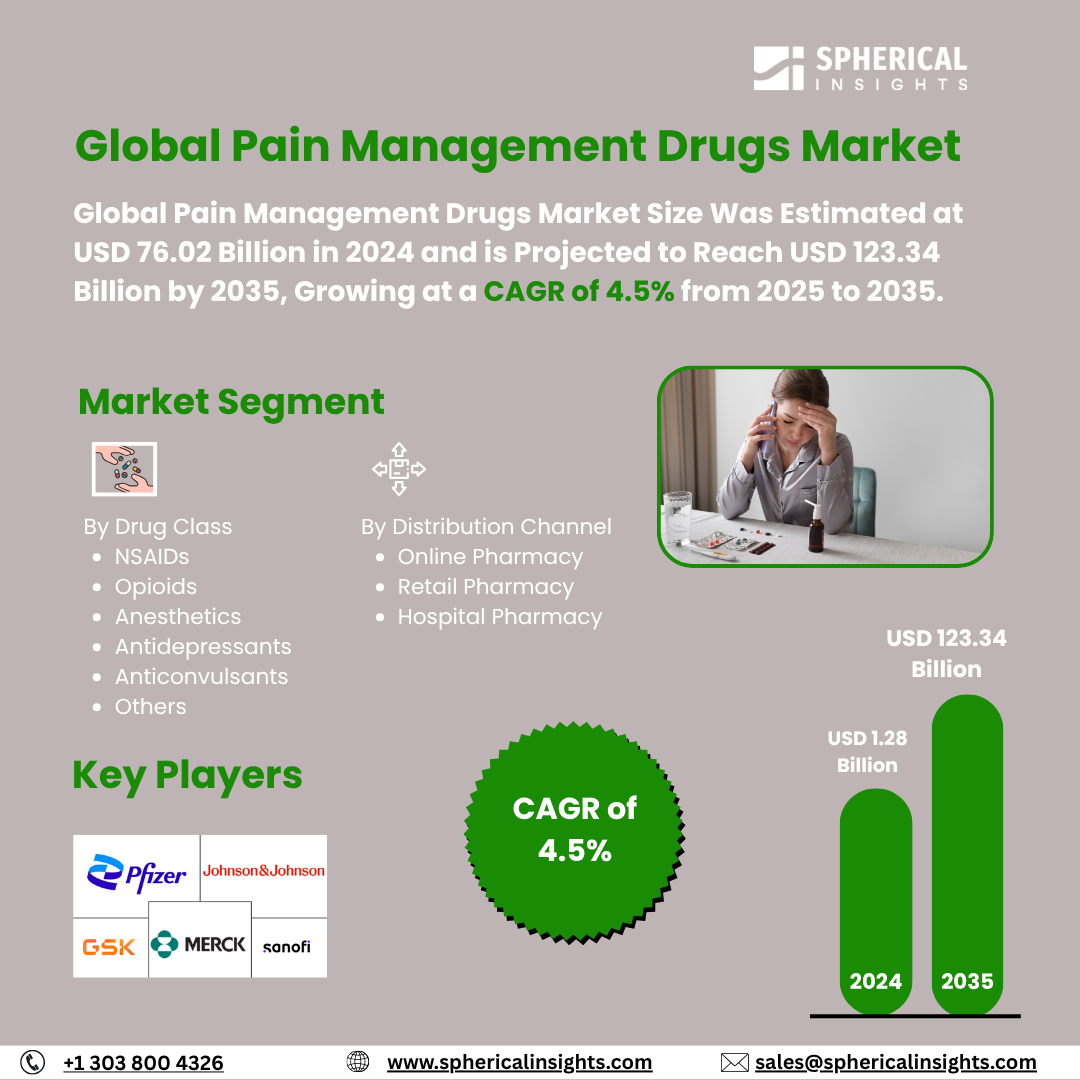Global Spine Biologics Market Size to Exceed USD 4.65 Billion by 2033
According to a research report published by Spherical Insights & Consulting, The Global Spine Biologics Market Size Expected to Grow from USD 2.96 Billion in 2023 to USD 4.65 Billion by 2033, at a CAGR of 4.62% during the forecast period 2023-2033.
Browse 210 market data Tables and 45 Figures spread through 190 Pages and in-depth TOC on the Global Spine Biologics Market Size, Share, and COVID-19 Impact Analysis, By Product Type (Bone Graft, Bone Graft Substitute, Platelet Rich Plasma, BMAC), By Surgery Type (Anterior Cervical Discectomy and Fusion, Posterior Lumbar Interbody Fusion), and By Region (North America, Europe, Asia Pacific, Latin America, Middle East, and Africa), Analysis and Forecast 2023 – 2033
The spine biologics market denotes the market centered on developing, manufacturing, and selling biological agents that are used during spinal operations for inducing bone growth, fusion, and healing. These biologics such as bone graft substitutes, stem cells, growth factors, and platelet-rich plasma (PRP) play roles in facilitating spinal fusion, repair of disc, and regenerative procedures. Moreover, the spine biologics market is driven by the increasing rate of spinal conditions, degenerative disc disease, and trauma, along with the growing population aging. Rising demand for minimally invasive spine procedures, technological advancements in regenerative medicine and stem cell therapy, and increased use of bone graft material substitutes and growth factors also boost market growth. Growing healthcare infrastructure also aids the growth of the market. However, high prices of spine biologics, strict regulatory clearances, and limited policy reimbursals inhibit market growth. Also, concerns regarding immune reaction risks, product recalls, and availability of competing therapies inhibit mass adoption.
The bone graft substitute segment accounted for the largest share of the global spine biologics market in 2023 and is anticipated to grow at a significant CAGR during the forecast period.
On the basis of product type, the global spine biologics market is divided into bone graft, bone graft substitute, platelet rich plasma, and BMAC. Among these, the bone graft substitute segment accounted for the largest share of the global spine biologics market in 2023 and is anticipated to grow at a significant CAGR during the forecast period. This is because of their extensive use in spinal fusion operations, lower donor site morbidity, and growing use of synthetic and allograft materials. Improved biocompatible materials and regenerative therapies also propel their supremacy over conventional bone grafts in spinal surgery.
The posterior lumbar interbody fusion segment accounted for a substantial share of the global spine biologics market in 2023 and is anticipated to grow at a rapid pace during the projected period.
On the basis of the surgery type, the global spine biologics market is divided into anterior cervical discectomy and fusion, and posterior lumbar interbody fusion. Among these, the posterior lumbar interbody fusion segment accounted for a substantial share of the global spine biologics market in 2023 and is anticipated to grow at a rapid pace during the projected period. This is because of its success in managing degenerative disc diseases and spinal stenosis, as well as spondylolisthesis. The stability of the procedure, high fusion rates, and extensive use in spinal procedures make it a favourite choice and increase its market dominance.
North America is projected to hold the largest share of the global spine biologics market over the projected period.
North America is projected to hold the largest share of the global spine biologics market over the projected period. This is driven by a high incidence of spinal disorders, well-developed healthcare infrastructure, and high acceptance of minimally invasive spine surgery. The United States dominates the market because of huge investments in research, high technology, and the presence of dominant industry players, which further promotes market growth within the region.
Asia Pacific is expected to grow at the fastest CAGR of the global spine biologics market during the projected period. It is driven by surging cases of spinal disorders, rising healthcare investments, and expanding demand for newer treatments. Nations such as China, India, and Japan are experiencing aggressive adoption of minimally invasive spine surgery and regenerative therapies, driven by increasing healthcare infrastructure and government policies.
Company Profiling
Major vendors in the global spine biologics market are Kuros Biosciences, Arthrex, Inc., NuVasive, Inc., Medtronic, Stryker, Exactech, Inc., Organogenesis Inc., Orthofix, Zimmer Biomet, DePuy Synthes (Johnson & Johnson)., and Others.
Key Target Audience
- Market Players
- Investors
- End-users
- Government Authorities
- Consulting and Research Firm
- Venture capitalists
- Value-Added Resellers (VARs)
Recent Development
- In August 2024, Stryker launched the Pangea Plating System, which was FDA approved in 2023. The novel system provides a flexible and broad portfolio with variable-angle plating for use across a wide range of patient populations. The Pangea Plating System is designed to provide greater surgical flexibility and better patient outcomes. This launch highlights Stryker's dedication to driving orthopedic care forward and delivering customized solutions for surgeons.
Market Segment
This study forecasts revenue at global, regional, and country levels from 2023 to 2033. Spherical Insights has segmented the global spine biologics market based on the below-mentioned segments:
Global Spine Biologics Market, By Product Type
- Bone Graft
- Bone Graft Substitute
- Platelet Rich Plasma
- BMAC
Global Spine Biologics Market, By Surgery Type
- Anterior Cervical Discectomy and Fusion
- Posterior Lumbar Interbody Fusion
Global Spine Biologics Market, By Regional
- North America
- Europe
- Germany
- UK
- France
- Italy
- Spain
- Russia
- Rest of Europe
- Asia Pacific
- China
- Japan
- India
- South Korea
- Australia
- Rest of Asia Pacific
- South America
- Brazil
- Argentina
- Rest of South America
- Middle East & Africa
- UAE
- Saudi Arabia
- Qatar
- South Africa
- Rest of the Middle East & Africa



